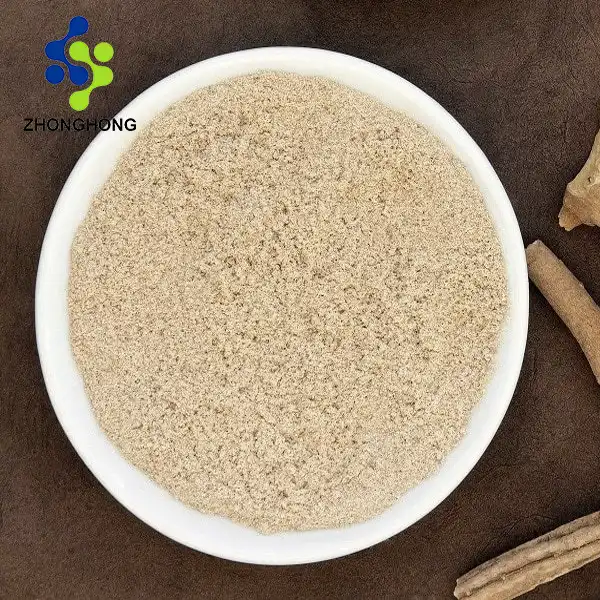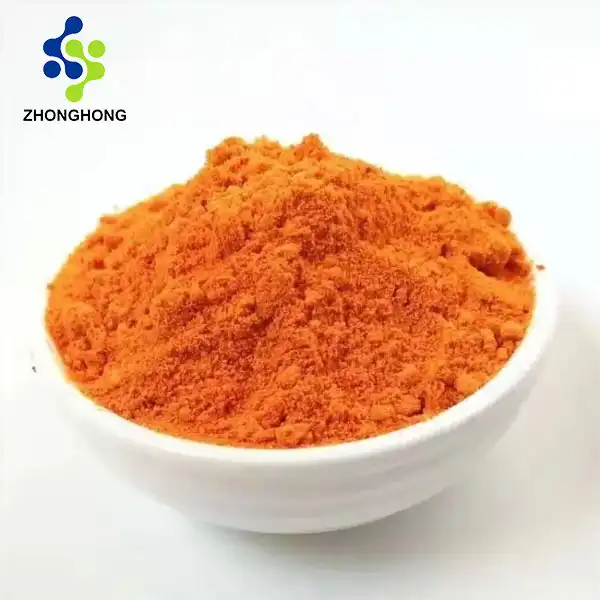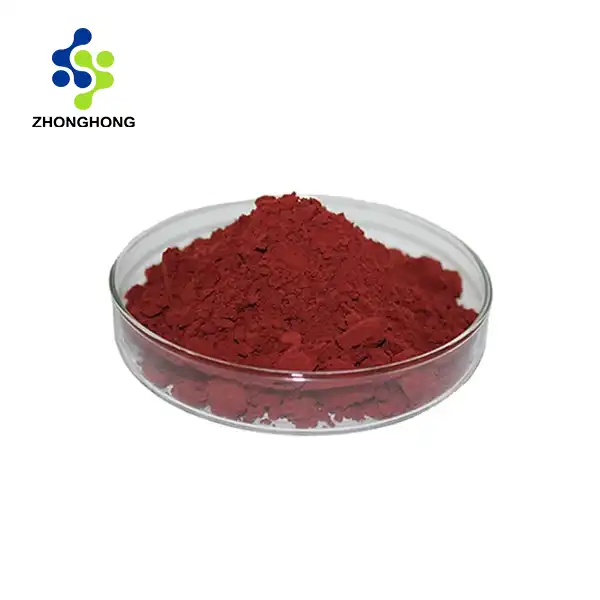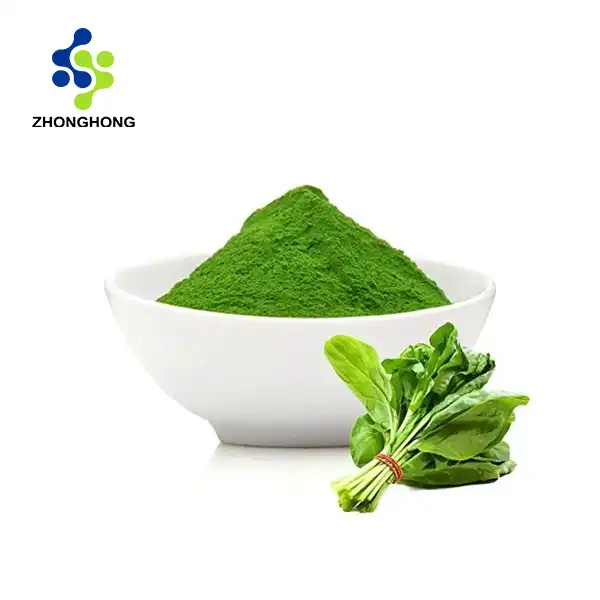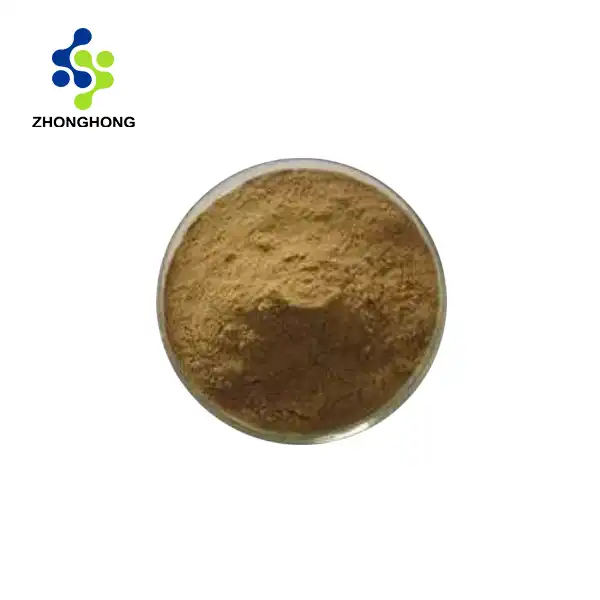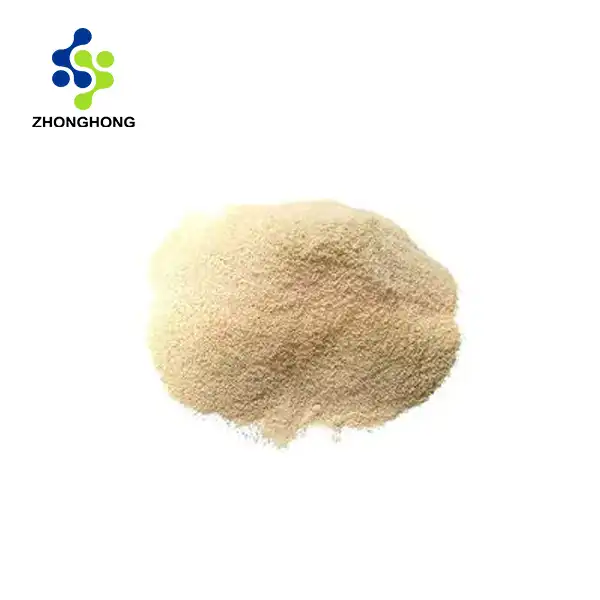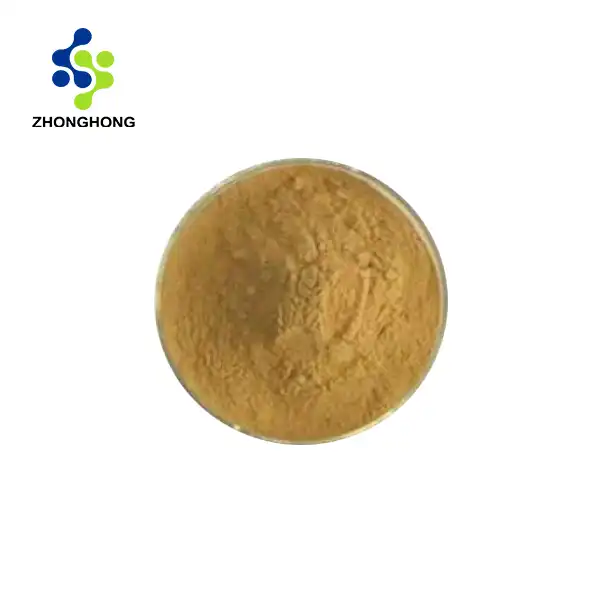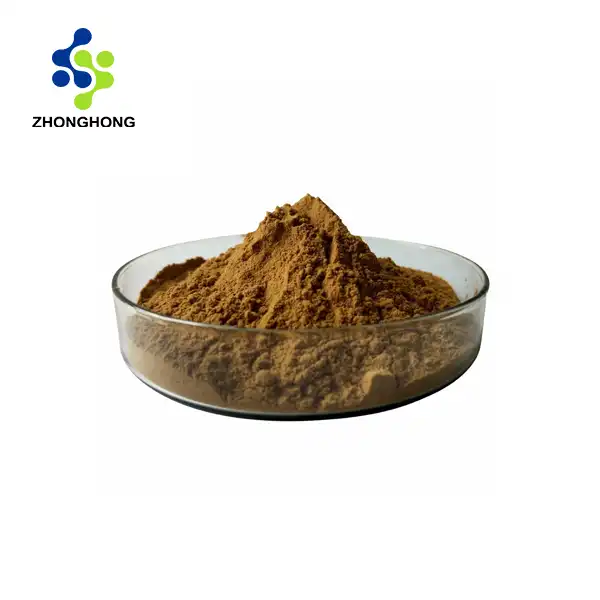Understanding Kojic Acid Powder and Its Benefits
The Science Behind Kojic Acid
Kojic acid, a natural compound derived from various fungi species, has gained significant attention in the skincare industry. This potent ingredient works by inhibiting tyrosinase, an enzyme crucial in melanin production. By interfering with this process, kojic acid effectively reduces the appearance of dark spots, hyperpigmentation, and overall skin discoloration. Its molecular structure allows it to penetrate the skin's layers, making it an efficient brightening agent when properly formulated.
Skin Benefits of Kojic Acid
The application of kojic acid offers numerous benefits for the skin. Beyond its primary function as a skin-lightening agent, it also possesses antioxidant properties that help combat free radicals, potentially slowing the signs of aging. Additionally, kojic acid has mild antimicrobial effects, which can be beneficial for individuals prone to acne or other skin infections. Its versatility makes it a valuable ingredient in various skincare formulations, from serums to creams.
Comparing Kojic Acid to Other Skin-Brightening Ingredients
When evaluating skin-brightening options, it's essential to understand how kojic acid compares to other popular ingredients. Unlike hydroquinone, which has faced scrutiny due to potential long-term side effects, kojic acid is generally considered safer for extended use. It's often more gentle than alpha-hydroxy acids (AHAs) but may be less potent than some vitamin C derivatives. Kojic acid powder's unique properties make it an excellent choice for those seeking a balanced approach to skin brightening, offering noticeable results with a lower risk of irritation compared to more aggressive treatments.
Formulating Lotions with Kojic Acid Powder
Determining the Correct Concentration
Achieving the right concentration of kojic acid in your lotion is crucial for both efficacy and safety. Typically, a concentration range of 1-2% is recommended for over-the-counter products. Higher concentrations may yield more rapid results but also increase the risk of skin irritation. It's imperative to consider your skin type and sensitivity when deciding on the concentration. For those new to kojic acid, starting with a lower concentration and gradually increasing it allows the skin to acclimate and minimizes potential adverse reactions.
Selecting Compatible Base Ingredients
The choice of base ingredients significantly impacts the effectiveness of your kojic acid lotion. Opt for a lotion base that is pH-compatible with kojic acid, ideally slightly acidic to neutral. Ingredients like aloe vera, glycerin, and hyaluronic acid can complement kojic acid's effects by providing hydration and soothing properties. Avoid bases containing strong alkaline compounds or ingredients that may interact negatively with kojic acid, such as certain preservatives or fragrances that could destabilize the formulation.
Preserving Stability and Efficacy
Maintaining the stability and efficacy of kojic acid powder in your lotion formulation is paramount. Kojic acid is susceptible to oxidation, which can reduce its effectiveness over time. To counteract this, consider incorporating antioxidants like vitamin E or ferulic acid into your formulation. These additives not only help preserve the kojic acid but also offer additional skin benefits. Proper packaging is equally important; opaque, airless containers protect the lotion from light and air exposure, extending its shelf life and maintaining potency.
Application and Safety Considerations
Proper Application Techniques
To maximize the benefits of your kojic acid-infused lotion, proper application is key. Cleanse your skin thoroughly before applying the lotion to ensure optimal absorption. Use gentle, upward strokes to distribute the product evenly across the targeted areas. For facial application, pay special attention to areas prone to hyperpigmentation, such as the cheeks, forehead, and around the mouth. When using on the body, focus on areas like elbows, knees, and any regions with uneven skin tone. Consistency is crucial; regular application, typically once or twice daily, yields the best results over time.
Potential Side Effects and Precautions
While kojic acid is generally well-tolerated, it's essential to be aware of potential side effects. Some individuals may experience mild irritation, redness, or dryness, especially during the initial usage period. To mitigate these risks, start with a lower concentration and gradually increase as your skin adapts. Always perform a patch test before full application to check for any adverse reactions. If you have sensitive skin or a history of allergies, consult with a dermatologist before incorporating kojic acid into your skincare routine. Additionally, kojic acid can increase photosensitivity, making diligent sun protection crucial when using this ingredient.
Integrating Kojic Acid Lotion into Your Skincare Routine
Incorporating your kojic acid lotion into an existing skincare routine requires thoughtful consideration. For optimal results, apply the lotion after cleansing and toning but before heavier creams or oils. This allows the kojic acid powder to penetrate the skin effectively. If using other active ingredients like retinoids or vitamin C, consider alternating their use with kojic acid to prevent potential irritation. In the morning, follow your kojic acid application with a broad-spectrum sunscreen to protect your skin from UV damage. Remember that skin brightening is a gradual process; consistent use over several weeks is typically necessary to observe significant improvements in skin tone and texture.
Conclusion
Incorporating kojic acid powder into lotions offers a customizable approach to addressing skin discoloration and achieving a more even complexion. By understanding the science behind kojic acid, carefully formulating your lotion, and following proper application techniques, you can harness its skin-brightening potential safely and effectively. Remember to prioritize skin health and safety throughout the process, and enjoy the journey towards radiant, more uniform skin. If you want to get more information about kojic acid powder, you can contact us at liaodaohai@gmail.com.
_1728976869676.webp)
